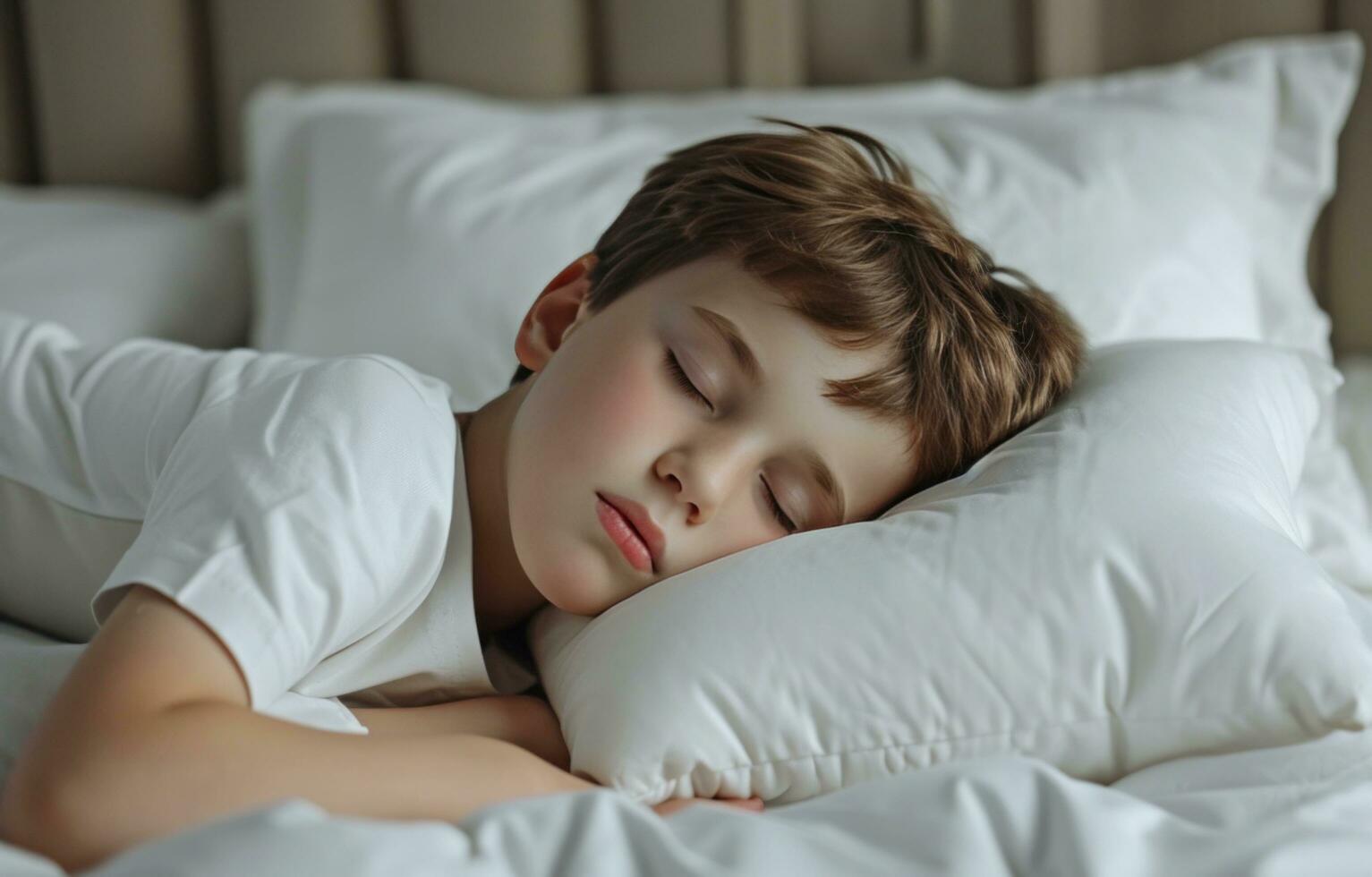Helping Children with Autism Adjust to Fall and Winter Sleep Changes
As the days get shorter and evenings arrive sooner, seasonal changes can affect more than just our schedules—they can also disrupt sleep. For children with autism, who may already have challenges with sleep or transitioning to bed, these changes can be particularly tricky.
With a few strategies and some preparation, families can help their children maintain healthy sleep habits and adjust smoothly to the shift in daylight and routines.

1. Maintain Consistent Routines
Predictability is key. Try to keep bedtime routines consistent, even as daylight hours change. A predictable sequence of activities—like brushing teeth, putting on pajamas, reading a story, and lights out—can signal that it’s time to wind down. Gradual adjustments to bedtime, rather than sudden changes, often make transitions easier.
2. Create a Calm, Comfortable Sleep Environment
Shorter days and colder weather can mean more time indoors, sometimes with brighter artificial lighting or increased noise. Make your child’s bedroom a soothing space:
- Allow a comfort item, weighted blanket, or soft clothing if it helps your child feel secure.
- Dim the lights 30–60 minutes before bedtime.
- Use blackout curtains if early sunsets make it difficult for your child to settle.
- Keep the room at a comfortable temperature and minimize distracting noises.
3. Use Visual Supports and Timers
Visual schedules or timers can help children understand the sequence and timing of bedtime activities. For example, a visual chart showing “bath → pajamas → story → lights out” can reduce uncertainty and resistance. Timers can provide clear cues, giving children a sense of control over the transition to sleep.
4. Limit Stimulating Activities Before Bed
Evening screen time, high-energy play, or exposure to bright lights can interfere with your child’s ability to fall asleep. Encourage calming activities such as reading, quiet sensory play, or listening to soft music to help regulate energy levels and prepare for rest.
5. Monitor Food, Drink, and Daytime Activity
Small changes during the fall and winter—like less outdoor time—can affect energy levels and sleep. Encourage regular physical activity during the day, and watch for foods or drinks (especially caffeine or sugar) that may make it harder to settle at night. Maintaining consistent mealtimes can also support a steady sleep-wake cycle.
6. Collaborate with Supports When Needed
If your child attends school, therapy, or other programs, sharing sleep strategies with teachers or therapists can help ensure consistency across environments. ABA-informed approaches can be particularly helpful, teaching children self-regulation skills and step-by-step strategies for bedtime transitions.
Seasonal changes don’t have to disrupt sleep. By keeping routines consistent, creating a calm environment, and using supports like visual schedules or ABA strategies, families can help their children feel secure and rested.
Connect with our team today to explore services and supports in your area, and learn how we can help your child thrive through the seasonal transitions—and all year long.